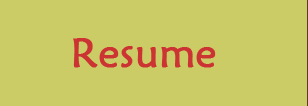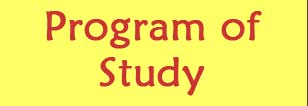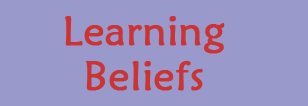Learning Belief 3:
I believe the student’s role in learning with technology is that of constructors of their own knowledge by thinking, reasoning, learning and making meaning.
“As educators transition from more traditional teaching methods to those that are inquiry based, students must self-direct their own learning, cooperate with classmates from diverse backgrounds, and think critically about the abundance of information made available through technological developments.” (AT&T Knowledge Network)
In my concept map, I have defined the role of the learner as one who:
- actively thinks and reasons
- actively learns and makes meaning
Learning with technology motivates and inspires learners to actively and willfully engage in thinking, problem solving, and reasoning with a purpose. This intentional active process puts the learner in charge of his learning. Learners build their understanding and make connections to their prior knowledge. They are not just repeating information given to them by a teacher (Jonassen, et al, p. vii-viii). By using technologies as tools for knowledge construction, conversation, articulation, collaboration, and reflection; learners think at deeper levels and thinking results in learning. My belief is supported by research. In Using Technology with Classroom Instruction that Works, Pitler, et al, cites Schacter and Fagnano (p.3), "Applied effectively, technology implementation not only increases student learning, understanding, and achievement but also augments motivation to learn, encourages collaborative learning, and supports the development of critical thinking and problem-solving skills."
In my classroom I plan for active thinking and learning. One example of this is our Wiki project at the fair requiring students to build on prior knowledge, plan, problem solve, collaborate with peers, think analogically and express their thoughts. Another example is my WebQuest, Somebody and the Three Somethings. It is an authentic project based performance assessment I created that allows students to learn with technology and play an active role in their learning. My Technology Integration Learning Plan (TILP) is a third example. In my TILP the students were active learners using technology to research, communicate, design, visualize, and create. I introduced the lesson by using a KWHL Chart to activate prior knowledge, to give students opportunities to set their learning goals, and plan how to find the information they want to learn. At the end of the lessons, we went back and completed the ‘What We Learned’ column. This gave students experience in reflecting and articulating their learning.
I use technology to provide students with opportunities to develop higher order thinking and problem solving skills. We use Thinking Blocks, an interactive online math tool, to learn how to solve multi-step math problems. Thinking Blocks engages students in solving word problems by helping them construct mental models with moveable blocks and step-by-step guided directions. My Online Tools for Assessing Higher Order Thinking and Problem Solving Report describes my students’ experience with this tool. As a teacher it is very rewarding to observe your students actively engaged in thinking, reasoning, learning, and meaning making.
| Belief 1 | Belief 2 | Belief 3 | Belief 4 |






